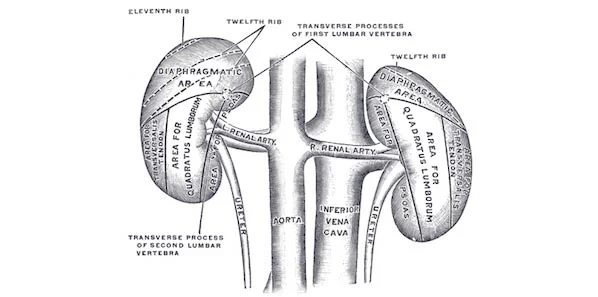Clinical trials of chronic kidney disease (CKD) are slowed by current standards for estimating the disease’s progression to its end stages. Large sample sizes and long follow-up periods are required, making CKD one of the more difficult prominent public health problems to study in clinical trials. A new report suggests that changes to the way disease progression is measured can speed up research and therapy development. The JAMA study’s findings were presented at the European Renal Association-European Dialysis and Transplant Association Congress in Amsterdam.
A Worldwide Health Problem With Few Clinical Trials
The increasing prevalence of CKD, made more problematic by its high treatment costs and poor outcomes, has not been matched by urgency in clinical trials to develop therapies. The currently-established surrogate end-point for disease progression is a doubling of serum creatinine concentration, compared to baseline, which corresponds to a 57 percent drop in the estimated glomerular filtration rate (GFR). Since that represents a late event, clinical trial feasibility is limited.
If CKD progression can be estimated by using smaller decreases in GFR as alternative end points, research may advance more quickly, according to authors of a new study. The current method has been accepted by the Food and Drug Administration since 1993, but follow-up periods remain long, and costs are high.
Tradeoff Between High Risk and Low Prevalence
The research was conducted by Josef Coresh, MD, PhD of the Johns Hopkins Bloomberg School of Public Health in Baltimore, along with colleagues at the Chronic Kidney Disease Consortium. Together, they studied the association between GFR decline estimations and ultimate progression to end-stage renal disease (ESRD) in patients whose data was collected between 1975 and 2011. The study comprised data from 1.7 million participants whose kidney function was measured repeatedly over a one- to three-year baseline period. In that time, there were 12,344 ESRD events and 223,944 deaths.
In terms of risk, the existing surrogate end-point (doubled serum creatinine, 57 percent decline in estimated GFR) was associated with a 30-fold risk of subsequent ESRD over a one- to three-year period. However, the prevalence of such a change represented less than one percent of study participants. Meanwhile, a 30 percent decline in estimated GFR was associated with a five-fold increased risk of ESRD, but was almost 10 times more common. “These data provide a basis for understanding the tradeoff between higher risk and lower prevalence in choosing a larger or smaller percentage change in estimated GFR as an outcome when studying CKD progression,” the authors conclude.
If alternative end-points are shown to be sensitive to kidney disease progression, it may be possible to benefit from clinical trials of different lengths in the future. “Consistency of effects over time suggest applicability for shorter as well as for longer trials, which is relevant for diseases that are progressing more rapidly or slowly, respectively.”
Photo Credit: Google Images / Wikipedia
Latest Articles
Research, kidney failure, CKD, chronic kidney disease, renal failure
Clinical trials of chronic kidney disease (CKD) are slowed by current standards for estimating the disease’s progression to its end stages. Large sample...










